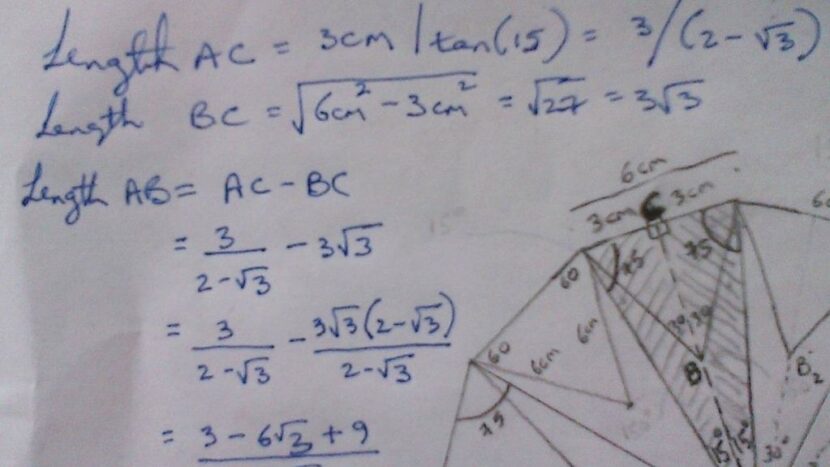The law of large numbers is a theorem of probability which asserts that if you perform an activity a large number of times, the average long term result should be close to the expected value. Flip a fair coin 3 times, it may well come up heads 3 times in a row. Flip it thousands of times, heads will occur half the time. Richard Guy, 100-year-old Professor Emeritus of Mathematics at the University of Calgary, has humorously proposed strong laws of small numbers, since “There aren’t enough small numbers to meet the many demands of them”. Perhaps now there are.
The prevalence of small numbers in current economic data releases has led market participants to attach significance to insignificance. Small percentage changes in inflation and growth rates are often more validly characterized as just “noise” attributable to the reliability of the statistical procedures applied. For example, a change in the monthly European inflation rate of -0.1% implies deflation at an annualized rate in excess of minus 1% per year, and yet a statistically insignificant difference of no change implies no deflation. Similarly, with economic growth forecasts for the advanced economies this year and next of 1.6-1.8% (corresponding to about 0.4% per quarter), a quarterly growth rate of 0.2% may be perceived as disappointing, but salvageable, whereas a 0.1% outcome may be viewed as a far more serious breach below “trend”, despite being nothing more than a rounding error from 0.2%.
Enter stage left, the spin doctors. These are the actors who manipulate the markets directly and through the financial media. Amongst the central bankers, the primary spin doctors are the US Federal Reserve. In contrast to the consistent messaging provided by the Bank of Japan and the European Central Bank, the members of the Fed actively modulate the markets. At the helicopter level, the dominant spin of the Fed is towards finding pockets of weakness in the economic data to perpetuate accommodative monetary policy. After all, cheap money is the primary motive keeping inflated asset prices elevated. So bad economic news, as long as it is not too bad, is good news for the markets.
Operationally, the Fed cites the paramount importance of the labor market, epitomized by the monthly change in US nonfarm employment. Currently, estimates of +175,000 and above would be considered supportive for the Fed to hike rates again, whereas a reading of +135,000 would be greeted with market enthusiasm as sufficiently weak for the Fed to stand pat. Enter stage right, the vagary of small numbers. This 40,000 difference is of little significance; the stated accuracy of the analysis by the US Bureau of Labor Statistics that comes up with this monthly estimate is of the order of +/- 115,000 jobs. So with 90% confidence, the actual employment rise is just within the big range of +20,000 to +250,000. Dangerously, the Fed and other market participants often spin these numbers, and the stakes are large for financial market pricing.
One venue where small percentage changes truly are significant is interest rates. The world is addicted to ultra low interest rates, and debtors are levered up, having been borrowing to their maximum possible interest repayment amounts, with little regard to the actual loan sizes. Example: A home buyer can afford interest payable on a loan amounting to $80,000 per year, so has maximized the loan to this amount. In times past, if the loan were based upon an 8% interest rate, then a 1% rate rise increases the interest payable by $10,000 to $90,000 (+12.5%). These days, with the interest rate just 2.5%, (the current 5-year mortgage rate in Canada), a 1% rate increase balloons the interest payable by $32,000 per year to $112,000 (+40%). This illustrates how small potential changes in interest rates can have a powerful impact on affordability and asset pricing. Interest rates are the venue where spin doctors have the greatest impact.

